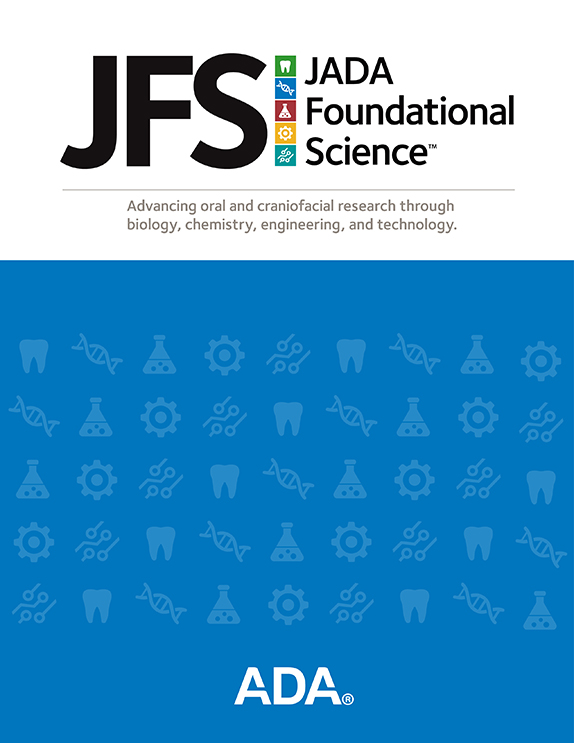Molecular systems architecture of host-microbiome interactions in periodontitis
V.A. Shiva Ayyadurai, Prabhakar Deonikar, and
Philip Stashenko, DMD, PhD
JADA FOUNDATIONAL SCIENCE
https://jadafs.ada.org/article/S2772-414X(23)00006-3/fulltext
Background
A molecular systems architecture is developed to provide a visual framework for comprehending the complexity of molecular interactions across the 8 cell types involved in periodontitis pathogenesis. The resulting architecture may be used for target identification and discovery of single and multicombination therapeutics to treat periodontitis more effectively.
Materials and Method
The scientific literature was searched to identify articles that contain research on periodontitis, molecular pathways of periodontitis, cells in the oral cavity, interactions between oral cells and the oral microbiome, and the molecular pathways involved in the cellular crosstalk in the oral cavity. The CytoSolve systems biology tool (CytoSolve) used in this study enables the systematic bioinformatics literature review and scalable computational modeling of molecular pathways. 16, 17, 18, 19, 20 CytoSolve has been applied to diverse areas in systems biology, such as osteoarthritis, 21 neurovascular diseases,22 and acute myeloid leukemia.23
Results
The microbial cells interact with the soft- and hard-tissue cells to effect gradual loss of these tissues leading to periodontitis. The signaling molecules that regulate these processes can originate from the bacterial cells or the proinflammatory immune cells; hence, their importance in developing a molecular systems architecture. A schematic of the periodontal cellular microenvironment is shown in Figure 2. The bioinformatics process for CytoSolve yields a schematic of the interactive signaling in the oral cavity, as shown in Figure 3A.

